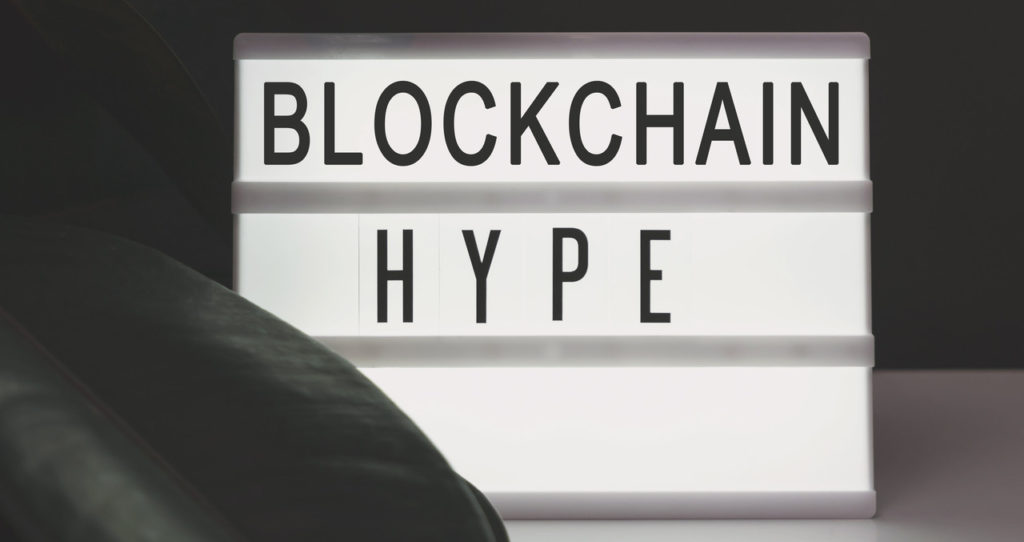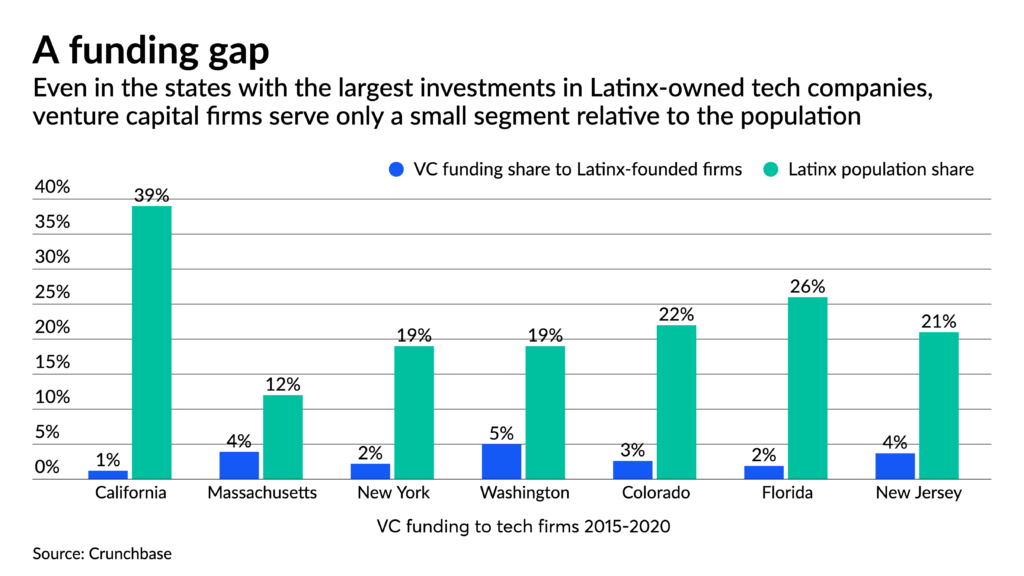
Blockchain has a lot of promotion around it. It’s very hard to talk about the blockchain without all the buzzwords surrounding it. Past BitCoin, ICOs, or Crpyto-currency, it is very hard to get to the root of what the blockchain actually is – minus the hype.
Here is the way I describe the blockchain to non fintech friends:
“Take out a dollar bill you have in your pocket. Imagine how many people, stores, and cities that dollar bill has touched and traveled too before it got into your hands. Now imagine every purchase that dollar bill has been used for, every transaction, and every changing of hands. If you could record it all from the time that it was printed to now – it would be a massive chain of events. This is the blockchain.“
Now let’s take this even further. Instead of a dollar bill, take your mortgage, student loan, taxes, credit cards, and even your store reward points. Add in security and an ability of sharing this information as well as making sure it cannot easily be lost, editing, or deleted. This is the opportunity of blockchain.
The world is full of databases, excel spreadsheets and paper copies of your data. For example, land records are still filed as paper copies. That city office won’t know that it recorded a sale or change in ownership until you sell or refinance your house. The goal of the blockchain is that it keeps a record of all of these transactions recorded. Every loan, every change in ownership and every detail gets added to the blockchain. And if something is missing, then it lets you know. The blockchain allows others to also securely add to that data (a bank or insurance company), all while doing checks and balances on every records added to the chain.
State of the blockchain
So where are we now? I would use the analogy that we are where flight was in the early 1900s. There are multiple teams out there trying to prove that flight is possible, some well funded, and others not so well funded. It will take a team like the Wright brothers to prove that flight is possible and then continue to demonstrate that it works – over and over again.
Bitcoin has showed that the blockchain works and can support a market, but we now have to prove that anything outside of that will work on the blockchain. This is a difficult problem to solve.
Here are 3 reasons why it’s a hard task:
- The technology to build blockchains is still being developed. Many blockchains are being built out of other platforms, sometimes being used for what the platform was not intended for. Engineers are recycling code to cobble together a blockchain out of existing pieces of other things (like Ethereum). These different technologies interact and stand alone, there is no standard language for blockchain.
- Current versions of blockchain platforms are focused on cryptocurrency and not meta data (i.e. address, name, birthdate etc.). This makes a adding anything non currency based, or with intersecting data points more difficult.
- No one wants to put mission critical data or processes on the blockchain yet. We are at the beginning of this technology – there is still trepidation about putting large sums of money and transactions on this platform. Cybersecurity and blockchain are just beginning their relationship, no one knows how hackable any single blockchain solution is yet.
The 2 best use cases for blockchain right now
- Currency – Aside from cryptocurrency just being traded, the ideal use case is the addition and subtractions of dollars. Add in the change of ownership and you can see how easy it is to apply the blockchain to the buying and selling of stock, funds, or any monetary asset.
- Identity – Part of the initial use case is focused on the change of ownership of an asset, but how ideal is it to be able to track one identity, what you own and if you information changes in a safe secure way. With a lot of news around identity fraud and identity breaches this use case is getting more and more traction.
How will you interact with it?
In the next 3 – 5 years you will be on a blockchain network and not even know it. The blockchain will change how websites are built and your purchases are recorded with every stakeholder (your credit company, your bank, the merchant), without it ever affecting your day to day. This is always the best transition of new technology, one that does not offer any growing pains.
So why should I care?
Blockchain is changing how we build software and store information. In a world where an Equifax breach effects 147.9 million Americans (that’s 1 out of every 2 people in the US) it’s time to rethink how the tech industry builds software and secures our customer’s personal and financial information. Blockchain will let us transparently share our information in a safe and secure way – that is the dream we are working towards.

